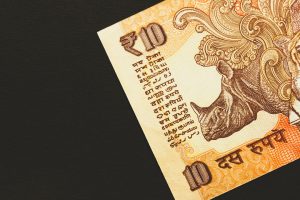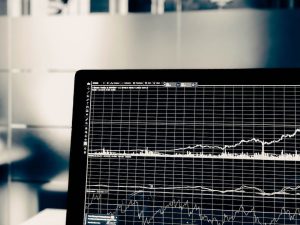Forex leverage refers to the ability to trade with borrowed funds, enabling traders to control larger positions in the market than what they could with their own capital. It is a critical tool for forex trading, but it can also be risky if not correctly managed. Therefore it is essential to understand what normal forex leverage is, how it works, and how to use it wisely.
In forex trading, leverage is expressed as a ratio, such as 1:50, 1:100, or 1:500. This ratio represents the amount of capital a trader can control for every dollar deposited in a trading account. For example, with a 1:100 leverage ratio, a trader can control $10,000 worth of currency with a $100 deposit.
The most common leverage ratios offered by forex brokers include 1:50, 1:100, 1:200, and 1:500. The choice of leverage depends on the trader’s risk appetite, trading strategy, and experience level. However, it is important to note that higher leverage ratios increase the potential profits, but also the potential losses.
So, what is a normal forex leverage? In general, a normal forex leverage is considered to be between 1:50 and 1:200. These ratios are high enough to enable traders to control significant positions in the market, but not too high to expose them to excessive risk. Professional traders may opt for higher leverage ratios, but they have the experience and knowledge to handle the associated risks.
When choosing a leverage ratio, traders should consider their risk tolerance, trading goals, and the volatility of the market. Highly volatile markets require lower leverage ratios to minimize the risk of significant losses. In contrast, less volatile markets may allow for higher leverage ratios.
It is also important to note that leverage is a double-edged sword. While it can amplify profits, it can also magnify losses. Therefore, it is crucial to use leverage wisely and manage risk effectively. Traders should never risk more than they can afford to lose and should always have a stop-loss order in place to limit potential losses.
Another important factor to consider when using leverage is the margin requirement. Margin is the amount of money required to open and maintain a trade. It is calculated as a percentage of the total trade size and varies depending on the leverage ratio and the broker’s policies.
For example, if a trader wants to open a $10,000 position with a 1:100 leverage ratio, they would need to deposit $100 as margin. However, if the leverage ratio is increased to 1:500, the required margin would be only $20. While this may seem attractive, it also means that the trader has less margin to absorb potential losses.
In conclusion, normal forex leverage is typically between 1:50 and 1:200, depending on the trader’s risk appetite, trading goals, and market conditions. Leverage is a powerful tool that can amplify profits, but it also carries significant risks. Therefore, traders should use leverage wisely and manage risk effectively to avoid significant losses.





